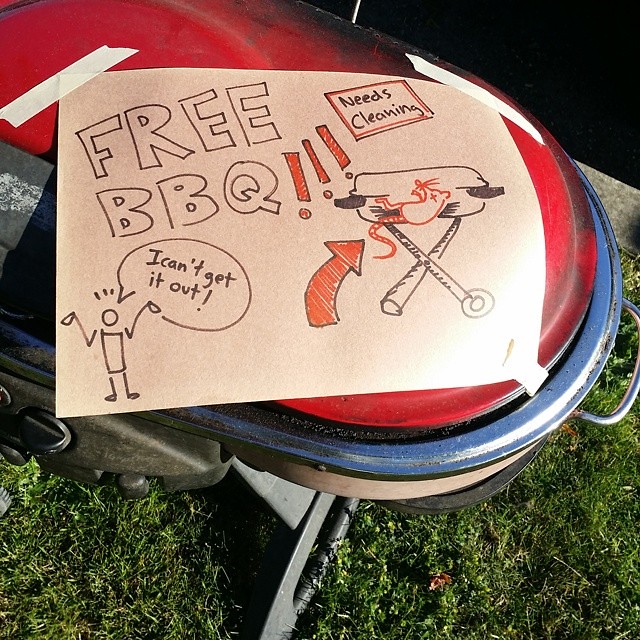I was asked to host a “visual mapping” session to support SFU students interested in in the, “Map the System challenge“, a global competition on social and environmental change. Last year was my first dive into this, and was a treat although I felt a bit rushed. This was another great opportunity to reflect on the Going Visual program , and expand it from the what and how of visual communication, to consider the space and layout of the communication itself, the map.
I’m yet to be convinced that a visual “map” is the best way to frame these visual approaches, with most of the 2018 winners seeming to create infographics. IT was fun nonetheless to research some inspirational visuals that may inform, inspire and guide this years contestants. It’s also one of the first times I have put together a formal slide deck for these. Embedded here, including links, Summary and additional resources below.
In encouraged students that a visual map could take many different forms, depending on the data and message they want to convey. It could include forms such as infographics, diagrams/charts, posters, comics, photography, iconography and more. Last years 3rd place winners, has a fantastic infographic that used icons very effectively.

One of the best resources I found to not only describe the many directions that could be taken with this project is How To Think Visually Using Visual Analogies – Infographic

In this article, Anna Vital outlines and illustrates practically all of the visual thinking approaches, in order of complexity and building towards storytelling. The most powerful visual format of all. Her tips on how to find the best visual analogy?
Follow 5 principles:
- It looks familiar to most of people
- It has a structure
- It matches your narrative’s structure
- It is visible (something that can be seen)
- It is visual (something that is easy to see)
For info visualization I included the following links for exploration.
1. http://visualizationuniverse.com
2. https://www.edwardtufte.com/tufte/
3. http://www.minnasundberg.fi/
4. https://adioma.com/?ref=anna.vc
I also explored some of the language we often take for granted in this work, there are so many disciplines and practices to consider. Especially when googling for eg. The article describing the difference between visual thinking and design thinking I found useful. In it, Matt Morasky offers this high level insight. Many of the students being from Beedie School of business have heard of design thinking as a methodology, but it’s a handy reminder.
Simply put, design thinking is a method for problem solving.
Matt Morasky from XPLANE
Visual thinking, on the other hand, is a set of tools for making intangible or complex ideas visible.

For visual thinking I included the following links for exploration.
1. https://xblog.xplane.com
2. https://www.nngroup.com/articles/journey-mapping-101/
3. http://scottmccloud.com/
4. https://leanpub.com/visualthinkingworkbook
5. https://www.verbaltovisual.com/
6. https://visualsinprogress.com/
For Going Visual resources I included the following links for exploration
1. http://edmedia.tlc.sfu.ca/goingvisual/
2. https://thenounproject.com/
3. http://4panel.ca/
4. http://kyletezak.com/four-icon-challenge.html


